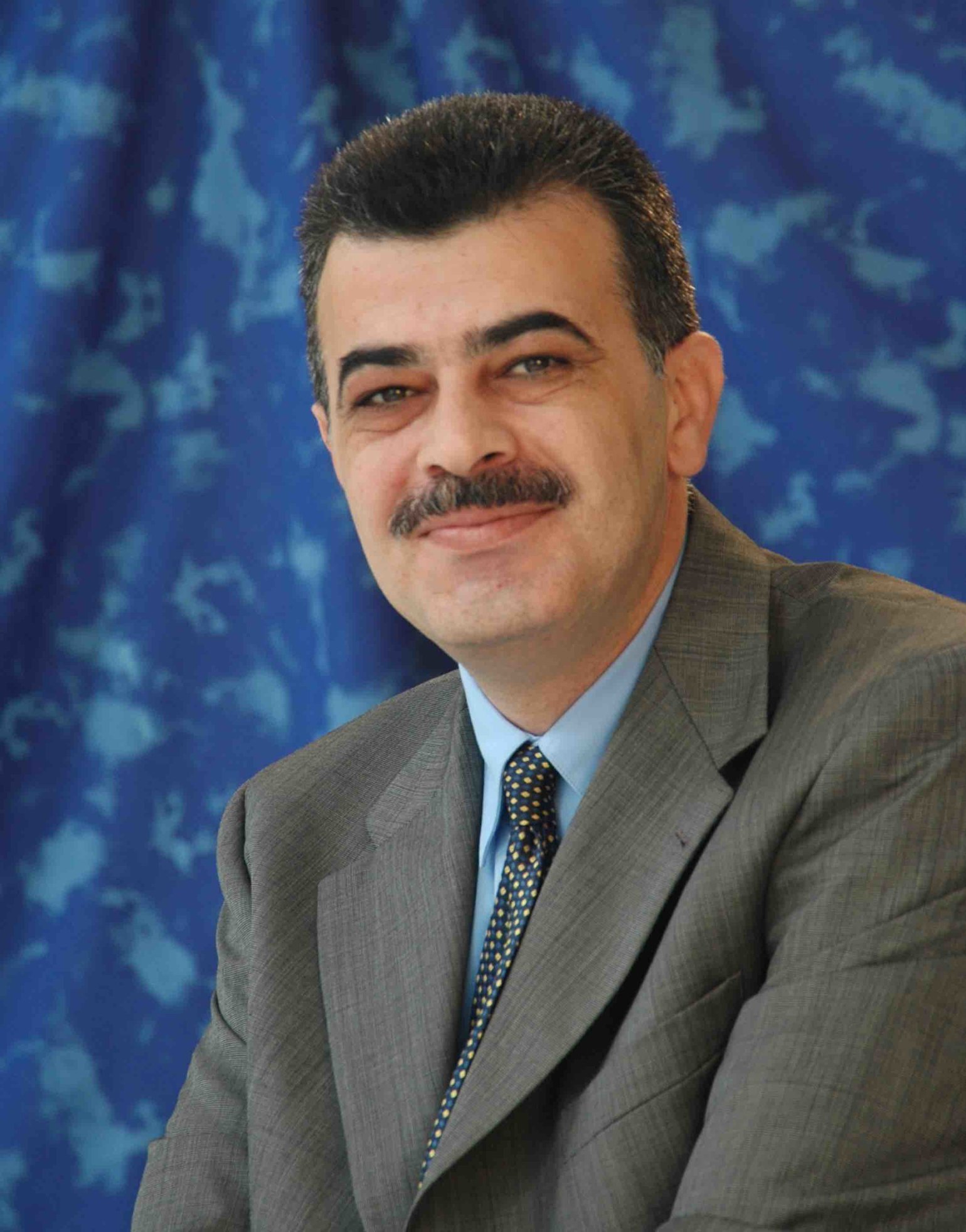Coronavirus (COVID-19) Updates
For the latest COVID-19 information and updates from Qatar Foundation, please visit our Statements page

QNRF-funded project, currently at proof-of-concept stage, will be life-saving for adults and children suffering from Type 1 diabetes
A team of researchers from Qatar and Texas A&M University, USA have developed an AI-based model that has the potential to serve as an inexpensive and non-invasive tool for the detection of hypoglycemia – a condition of low blood sugar – in people with Type 1 Diabetes.
Hypoglycemia happens when the glucose level (blood sugar) drops to a level that's too low to sustain normal functioning — below 70 milligrams per deciliter (mg/dL)
Signs and symptoms of hypoglycemia can include sweating, feeling tired, dizziness and tremors. These physiological tremors were the focus of the research project, funded by Qatar Foundation’s (QF’s) Qatar National Research Fund (QNRF) and led by Dr. Khalid Qaraqe, Professor, Electrical and Computer Engineering Program, Texas A&M University at Qatar (TAMU-Q), a QF partner university.
"Hypoglycemia happens when the glucose level (blood sugar) drops to a level that's too low to sustain normal functioning — below 70 milligrams per deciliter (mg/dL). It is common in people with type 1 diabetes (T1D) to experience at least one or two episodes of mild hypoglycemia a week," said Prof. Goran Petrovski, Diabetes Consultant at QF’s Sidra Medicine.

Goran Petrovski
Dr. Petrovski who served as a consultant on the project explained, once hypoglycemia has occurred, if the patient does not immediately consume sugar to increase their blood glucose level, their condition can deteriorate rapidly, and sometimes, in severe cases can lead to a coma and even death.
Existing solutions for glucose monitoring such as continuous glucose monitors (CGMs) can prevent these events, but they are very costly. The need to come up with a simple, wearable and inexpensive solution is what started this research.
“The idea was to detect the frequency and magnitude at which these tremors occur. To do this, we developed an app that would help us collect relevant data via a smart watch. We then recruited 77 participants with T1D in two cohorts: one consisting of 45 adults located in the US, and 32 children, from ages 10-17 years, located in Qatar. All members of both cohorts were Apple watch and continuous glucose monitor (CGM) users. This was required, as the built-in motion sensor in the Apple watch and blood sugar data collected from the CGM were crucial for the study,” said Prof. Qaraqe.
To collect data, the app was installed on each of the participants’ Apple watch. Through the watch’s built-in motion sensor and the app, the group was able to determine the frequency at which tremors were occurring in participants with T1D.
When the algorithm detects a tremor within the frequency range that is indicative of hypoglycemia, it will send a message to the app user — which, in the case of children, is parents — to alert them of possible hypoglycemia
In diabetics, tremors can be a symptom of low blood sugar levels. A tremor frequency means how “fast” the hand shakes when a tremor occurs. While this may not seem very different from a normal limb movement by the naked eye, it gets picked up a motion capture sensor.
After obtaining the relevant data, the team used artificial intelligence (AI) to develop a machine learning (ML) algorithm to correlate tremor frequency and hypoglycemia. Prof. Qaraqe said, “When the algorithm detects a tremor within the frequency range that is indicative of hypoglycemia, it will send a message to the app user — which, in the case of children, is parents — to alert them of possible hypoglycemia.”
In addition to detecting the onset of hypoglycemia, the team has gone a step forward and developed another ML algorithm for prediction of hypoglycemia which can alert the user of hypoglycemia in advance, allowing them to prevent it from occurring rather than having to manage it. The algorithm is also able to predict and estimate the sugar level based on the tremor data, this would be especially useful in the absence of a CGM device.
Prof. Qaraqe said this project was only a proof of concept to establish the relationship between tremor frequency and hypoglycemia. “What we want to do now is to create a wearable device, in the form of a bracelet or a ring which will use compact high-precision accelerometers to capture low frequency physiologic tremors and predict the blood sugar level.”

Khalid Qaraqe
Commenting on why the team wants to move away from high end smart watches, Dr. Petrovski said: “The answer is very simple, inclusiveness! Yes, current high-end smart watches come with a built-in sensor and could serve the same purpose. But, when you look at it from a cost perspective, they are only accessible for high income families. The device we envision will be a very low-cost device, which doesn’t require a screen making it low-maintenance and won’t need to be charged daily.”
The developed technology has an accuracy rate of between 85-89 percent, and “the accuracy range of our technology is actually similar to that of commercially available medical devices,” according to Prof. Qaraqe.
Our technology is cloud-based which means it is low latency – that means it processes data with minimal delay.
Acting swiftly is the most important thing in managing hypoglycemia. So how does this technology fare when it comes to time?
“Our technology is cloud-based which means it is low latency – that means it processes data with minimal delay. As of now, the total time between the tremor occurring, sending the data to cloud-based AI, performing the calculation in the cloud and getting it back is between 60-90 seconds, which is good, but we are working to reduce this further to a matter of a few seconds and have it almost in real time,” said Prof. Qaraqe.
While the developed technology is useful for anyone living with T1D, it will be particularly beneficial for children and adolescents. According to International Diabetes Federation, more than 1.1 million children and adolescents in the world live with type 1 diabetes.
Eman Mohammed, mother of a child that has T1D, said: “Hypoglycemia is a constant worry for every parent that has a child with T1D. In addition to the emotional and psychological toll the illness takes on the parents, there is also the financial burden that comes with it. T1D is a life-time expense, and the low-cost wearable device that Prof. Qaraqe’s group is working towards would not only reduce the risk of hypoglycemia by detecting tremors but it would be an economical solution and a very welcome one.”
While this work is focused on hypoglycemia and diabetes, the group envisions that the developed technology has the potential to make significant contributions to telemedicine, remote health, big data collection and analysis, predictive algorithms, and wearable technologies that can be leveraged in other health-monitoring applications.



